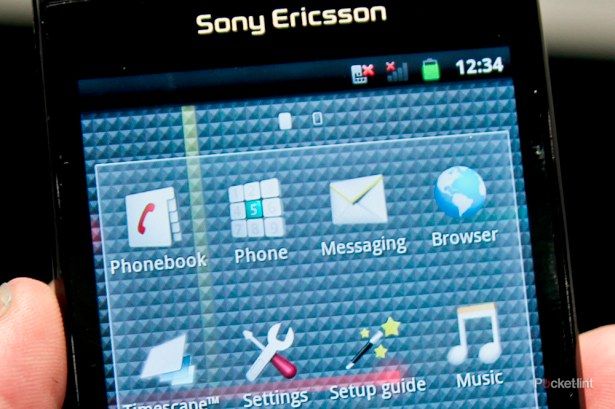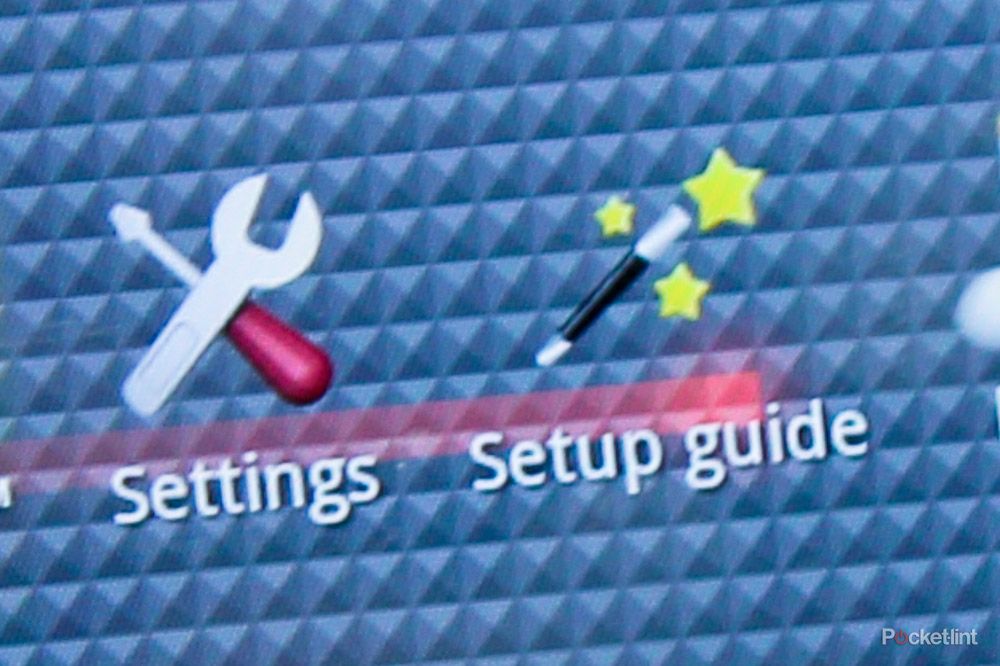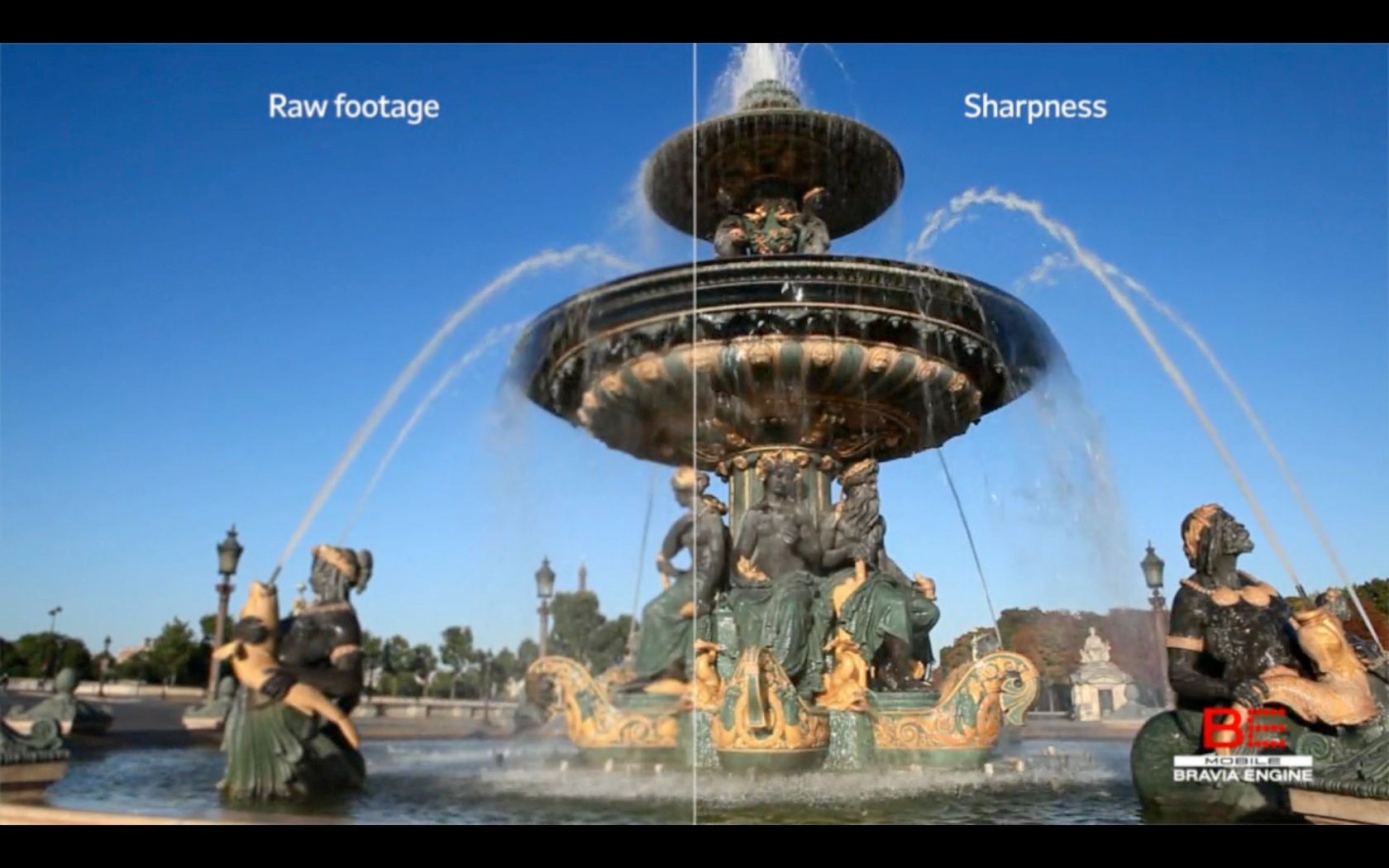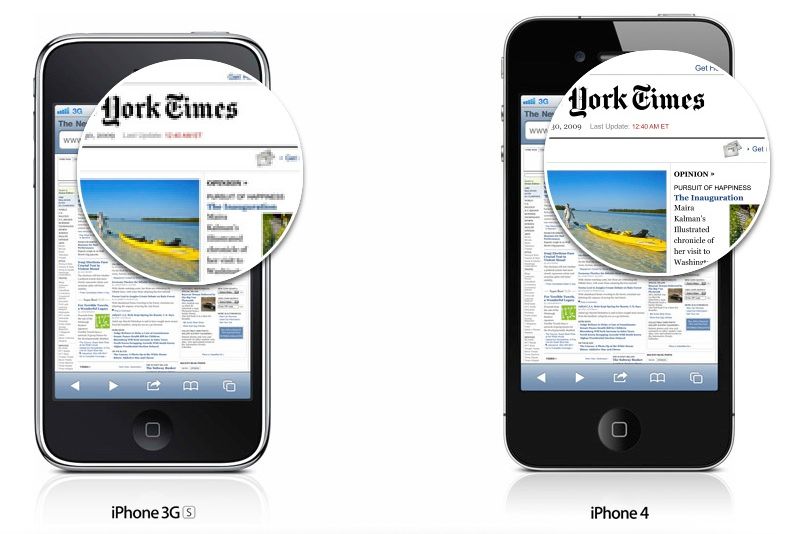Sony Ericsson has announced that its new smartphone, the Sony Ericsson Xperia Arc, will have a new screen technology it’s calling a Reality Display, but what does that mean exactly? Will it be any good, and how does it match up against the Apple Retina display, considered by many to be one of the best in the market at the moment?
We sat down with the phones, picked through the marketing videos and went and spoke to Sony Ericsson to find out more about its new screen technology, that we suspect will be rolling out to different devices in the coming months.
“There’s a lot of emphasis on display right now”, explains Steve Walker, acting head of global marketing at Sony Ericsson. “One of the things we’ve seen is that as displays have been advanced the representation of reality hasn't been very good”.
Sony Ericsson’s new screen is a wide 4.2-inch screen with a resolution of 854 x 480 or 233 pixels per inch (ppi). Compared to the iPhone Retina Display while that’s still some way off the 960 x 640 resolution or 326 pixels per inch, it's not by much. In comparison, according to Apple the iPhone 3GS has only 163 pixels per inch while Samsung claims the Galaxy S has the same pixels per inch - 233. Strangely the Sony Ericsson XPERIA X10 has 245 ppi.
Sony Ericsson doesn't seem to care about the numbers believing the Reality Display is better thanks to the inclusion of plenty of image processing tech and physical manufacturing elements.
“You may have very bright colours, but if they aren’t true to life, or you may have a higher level of brightness, but if it doesn’t give you a true representation of the image you are capturing or the video”, questions Walker. “What then?”
“What we’ve really done, and the name implies this, is give you an image or video as close to reality as it can be. A really good representation of reality”.
The elements of a reality display is both hardware and software-centric. In an attempt to improve the clarity of the screen, Sony Ericsson has actually changed the physical way they make the screen itself compared to previous smartphones. Now the screen is glued directly on the glass rather than having an air gap between the screen and the glass. That makes the screen very bright, thin and strong says Sony Ericsson.
Sony Ericsson's screen has also got Live Colour Filter, which is a hardware component built into the LCD screen. According to Sony’s TV division LIVE COLOUR and Live Colour Creation are unique technologies that “enhance the colours produced by BRAVIA TVs.” With a specially developed algorithm and colour filters they supposedly reproduce and manage colours for more vibrant shades and natural skin tones. Colours are perceived as entirely natural by the human eye says Sony.
Apple meanwhile, claims the Retina display uses technology called IPS (in-plane switching) the same technology used in the Apple LED Cinema Display and iPad, to achieve a wider viewing angle than on typical LCDs as well as improvements being made from the same "materials used in helicopters and high-speed trains".
But where Sony Ericsson is hoping to win out is a bevy of enhancements to the screen via software, something Apple isn't boasting.
“The mobile BRAVIA engine does a lot of contrast enhancement, sharpness enhancements, noise cancellation enhancements as well as making the colours more vivid”, explains Walker.
“The combination of all those things: the physical screen, the manufacturing of the screen, the no air gap, the colour filter, the mobile BRAVIA engine, together should give the consumer something that is a really good representation of real life”.
And that’s where the name Reality Display comes from.




